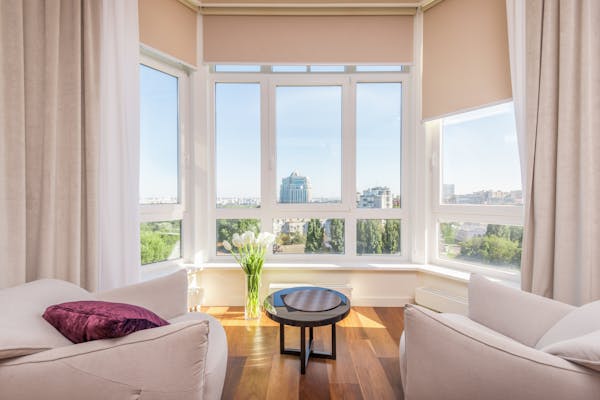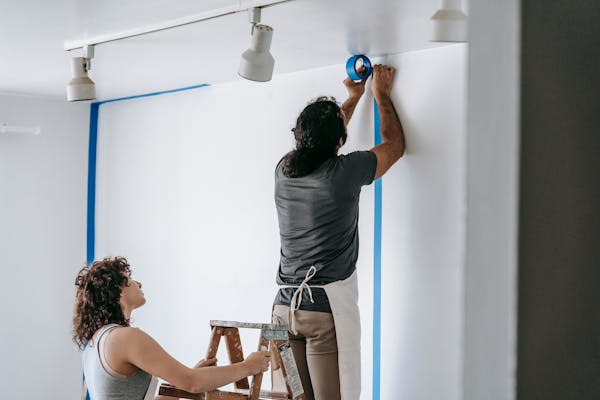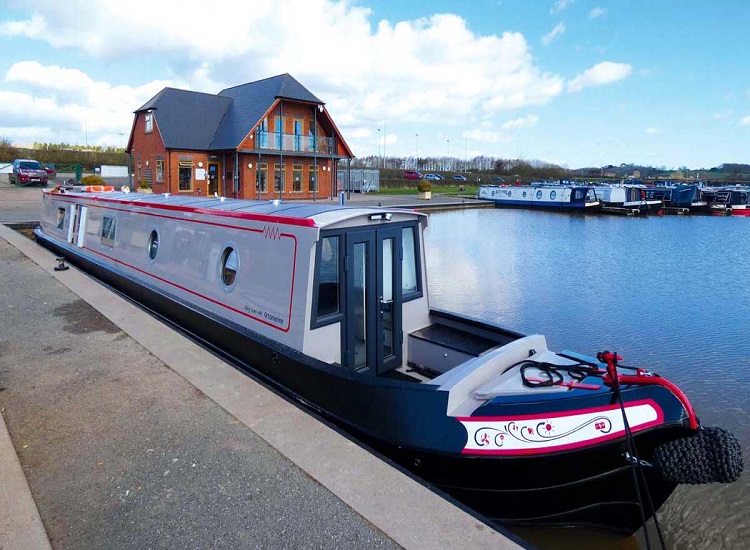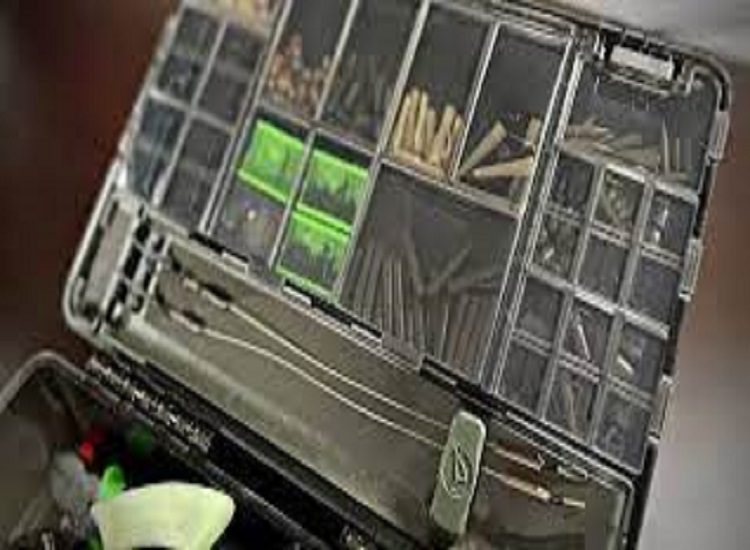A popular material for cladding the façade of a house is siding. It not only protects the house from the effects of adverse factors but also gives it a finished aesthetic appearance. Siding is not difficult to install, it can be installed using the simplest building tools. However, not everyone knows how to choose the right siding.
Metal, vinyl, acrylic, fiber cement, wood – all these are varieties of siding. Which one to choose for finishing? What is the best siding for your home? It is rather difficult to give a definite answer. It all depends on the budget, needs, and desired result. So, let’s take a closer look at each type of siding.
Metal siding
Let’s start with metal siding, which has the following advantages:
- Ease of care. The facade, sheathed with metal siding, can simply be washed with a hose or with a household sink, it will shine again and completely get rid of dust.
- Transport and installation are also easy.
- Metal is a durable material, so the siding will protect the house from wind, rain, and external influences.
- Nonflammable, environmentally friendly material.
- There is a wide range of options, including imitating wood.
- Metal siding hides uneven walls well.
- Disadvantages of metal siding:
- low noise isolation (this can cause a rumble during rain);
- susceptibility to corrosion in places where the protective polymer layer is broken.
- Vinyl siding
This type of siding is PVC panels of various sizes. Vinyl siding successfully imitates wood paneling, natural stone or brick. It can be matched to almost any style of home and surrounding area. Types of siding under the tree are very diverse and spectacular, as well as types of siding under the stone.
Advantages:
- wide range of colors, an abundance of textures;
- ease;
- weather resistance;
- possibility of operation at temperatures from – 50o C to + 50o C;
- low price.
The disadvantages of vinyl siding are:
the need to take into account the coefficient of linear expansion during the installation of all nodes and ordinary material in order to avoid the occurrence of material deformation due to temperature differences;
- instability to mechanical damage;
- relatively short service life.
- Acrylic siding
Like vinyl, acrylic siding is made from PVC. But it also contains the ASA polymer (Acrylnitril-Styrol-Acrylester), which significantly changes its physical and operational properties.
Advantages of acrylic siding:
- UV resistance
- wide selection of dark panels
- lightweight
- moisture resistance
- resistance to fungal infection and corrosion
- does not support combustion
- resistance to temperature extremes and aggressive environment
- Unlike metal panels, acrylic siding can be used on the coast, where the salt content in the air is high.
Disadvantages of acrylic siding:
- less strength than metal and wood panels
- higher price than vinyl
- wood siding
Wood siding should be well-dried at the factory or soaked in antiseptics to avoid mold or a breeding ground for wood bugs.
Advantages:
- environmental friendliness;
- high thermal insulation;
- high aesthetic qualities due to the wood texture.
- The disadvantages of wood siding are fragility, fire hazard, the tendency to deformation, the need for care (painting), and high cost.
- fiber cement siding
This is one of the most modern types of siding. It is produced from a mixture of high-quality cement and cellulose fibers with the addition of sand, water, and special additives. The surface of such panels can be smooth or embossed. The thickness is somewhat greater than that of metal or vinyl siding – up to 12 mm.
Benefits of fiber cement siding:
- does not rot and is not susceptible to mold infection;
- does not support combustion;
- does not need special care;
- resistance to low and high temperatures, as well as their differences;
- moisture resistance;
- strength.
- Disadvantages of fiber cement siding:
- the significant weight of the panels
- high cost;
- installation complexity.





